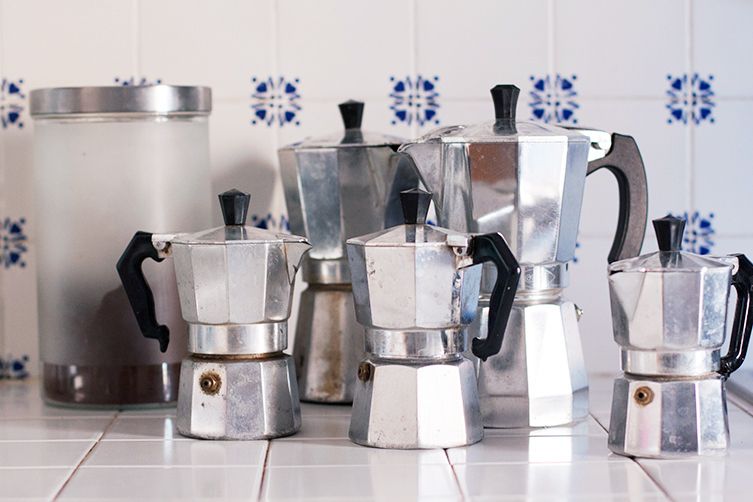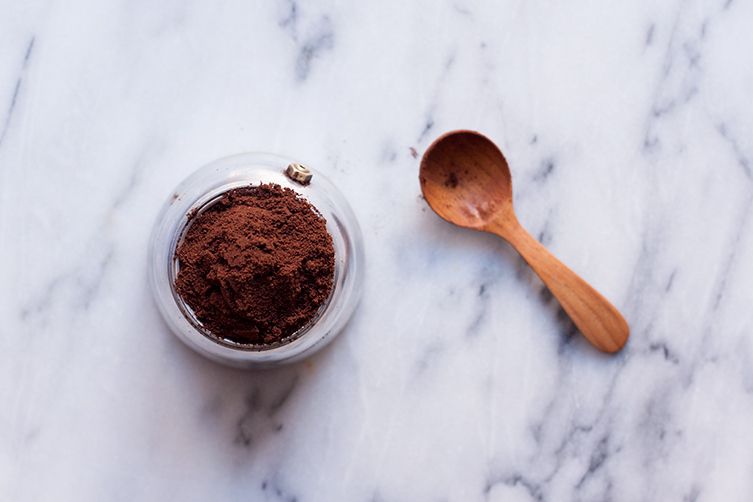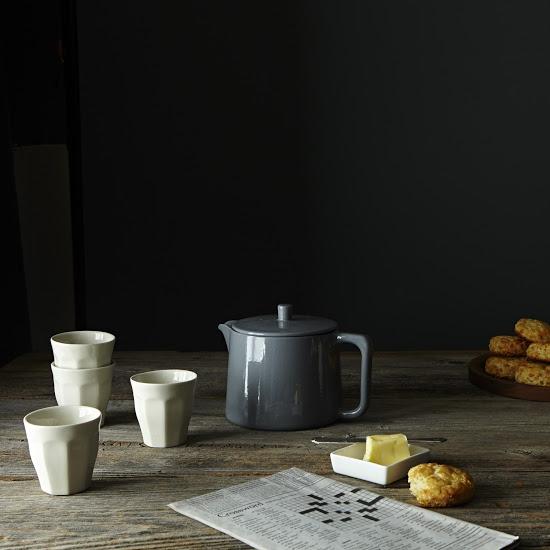Popular on Food52
Continue After Advertisement
14 Comments
Helene C.
July 22, 2019
Is it possible to ge crema in the on-the-stove aluminum pots? The coffeee for our morning cappuccino is good but there's never any crema floating on the top for plain espresso.
Frederick P.
July 8, 2019
We have stove top espresso every morning . I rise first and using our Bialetti make a perfect cappuccino for my wife and I . A low flame and patience not to mention Aldo coffee from Greenport Long Island
kckowshik
March 28, 2016
"In short, it's the lifeblood of the Italian household. "
I agree with you. Last time when I visited one of my cousins home to meet her, I lost my way to her home in an afternoon. So I had to pop up in a resident home to ask for the way back. They showed me the way and surprisingly asked me if I want to have some coffee as they were having afternoon snacks.
I read about this hospitality in the blog ( http://www.coffeemakerlab.com/ ) later
I agree with you. Last time when I visited one of my cousins home to meet her, I lost my way to her home in an afternoon. So I had to pop up in a resident home to ask for the way back. They showed me the way and surprisingly asked me if I want to have some coffee as they were having afternoon snacks.
I read about this hospitality in the blog ( http://www.coffeemakerlab.com/ ) later
David C.
February 15, 2016
Or check out the American Press on Indiegogo, a sleek hybrid of the French Press and the Aeropress: http://igg.me/at/itsamericanpress/x/6753894
Meg S.
February 10, 2016
We have a 3, 6, 9 and 12 cup... Love Love Love the coffee. I preheat the water in an eclectic tea kettle. We have a burr grinder. I'd love to grind fresh daily, but just do not have time. First thing in the morning I get up, feeling much like the little girl in the video at 4:45, hit the switch on the kettle and start an inch in the bottom half. I measure out the grounds, feed the puppies, and don my heat gloves, fill my hubbies Stanley thermos travel mug with hot water, fill the bottom with water... a tiny bit over the valve for just a bit more, screw on and set the burner in between low and 1. I prep my travel cup with trader joe's coconut cream, litter vital protein collagen peptides, 1/8 a teaspoon of coco powder, and 8 drops of stevia. hit the shower, run out to trun to low and move to only part way on the flame, dress, hit the kettle, stir the pot, pour 3/4th a cup in my mug whip till frothy, add water to the top stir and enjoy. On the weekend I watch and listen to keep the heat better monitored. we even take our pot with a backing stove to hotels. Our local coffee shop now makes a custom blend of 2 coffees for us. We have so enjoyed our pots.
swagv
January 22, 2016
This is wrong, wrong, wrong. Illy training will tell you so firsthand. The sound of the gurgle - let alone waiting for all the coffee to brew to finish - is the sound of steam escaping. That means the water temperature is too high and you are scalding the coffee, making it bitter.
You should cut it off before then -- even if it's brewed only half-way -- to ensure the brewing temperature doesn't reach the scalding point to ruin your coffee's flavor.
You should cut it off before then -- even if it's brewed only half-way -- to ensure the brewing temperature doesn't reach the scalding point to ruin your coffee's flavor.
Chef B.
November 1, 2015
I like to top my morning espresso with a little milk, which I hand froth, and serve in a glass vessel. Soooo beautiful and delicious!
mrsfurious
October 27, 2015
Yum! What is the China pattern on those lovely blue and white porcelain cups?
Anna F.
August 15, 2017
This is my question too! I read this article about a week ago, and I kept thinking of these cups. I just found the article again and am dismayed there's no info or link! Have you found anything similar?
Emiko
August 15, 2017
Wish I could be of some help, unfortunately they belonged to my old landlord in Italy and I didn't get to see where they were from before getting these comments!
Sofie
August 27, 2020
I'm a bit late, but these cups with the china pattern are really common in the Netherlands. Everyones grandma has them so to speak... No idea where they get them though...But i just looked them up and they are called "Kahla Blue Saks"







See what other Food52 readers are saying.